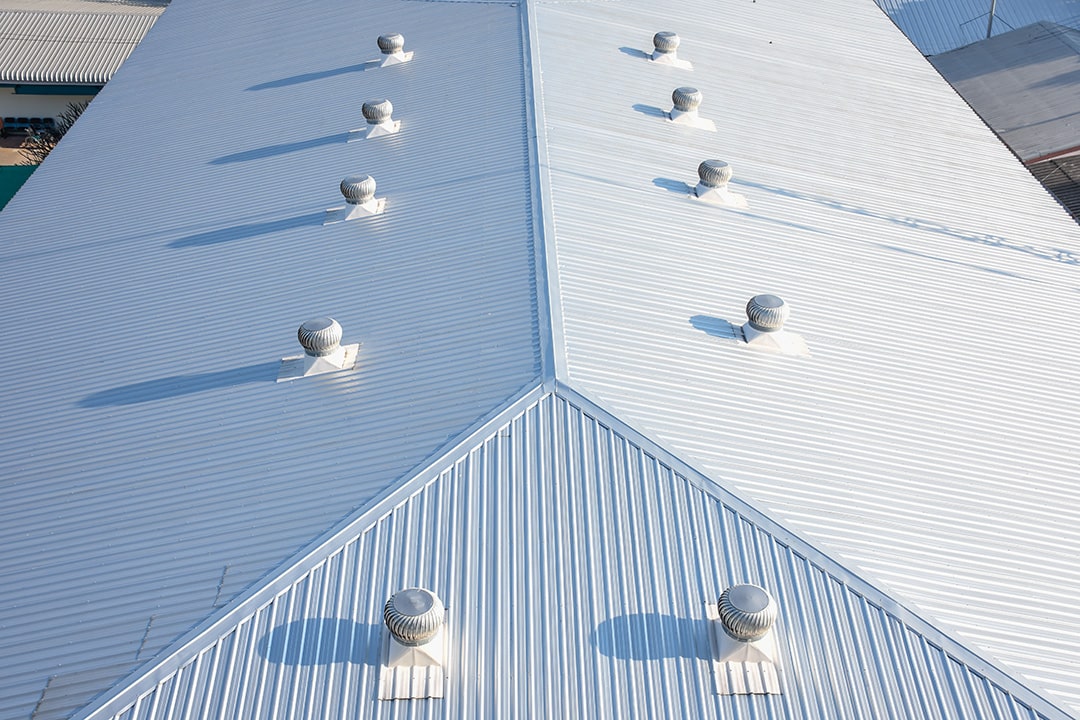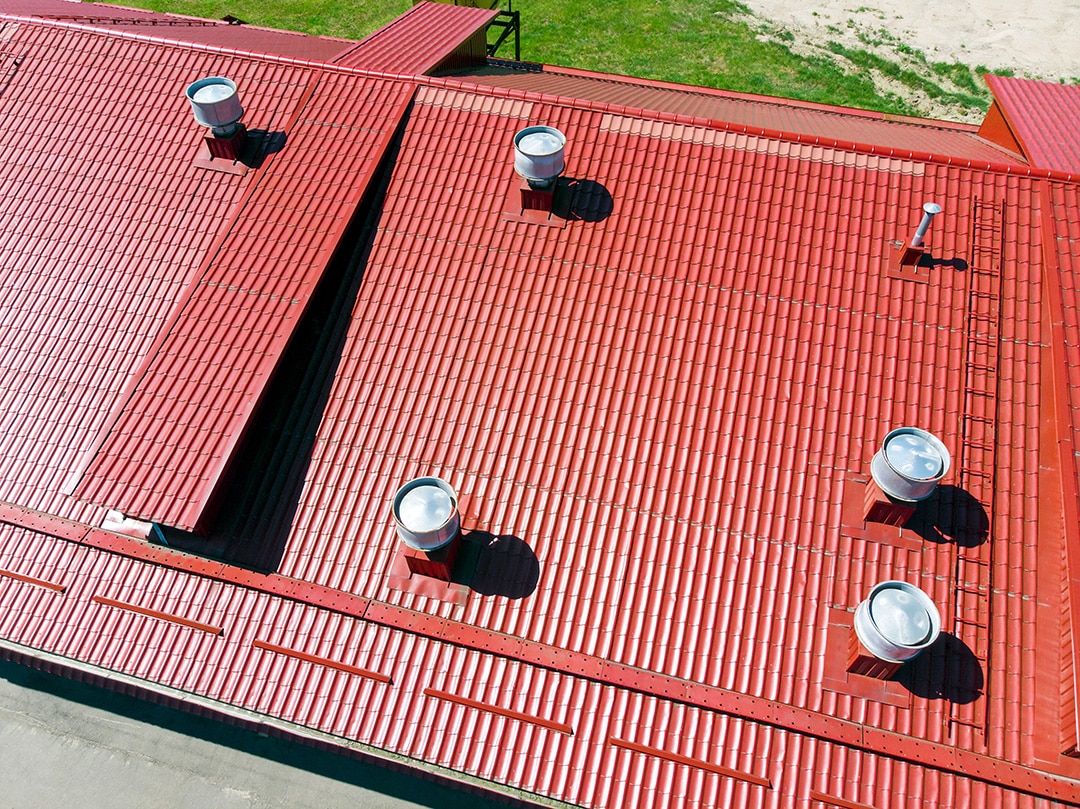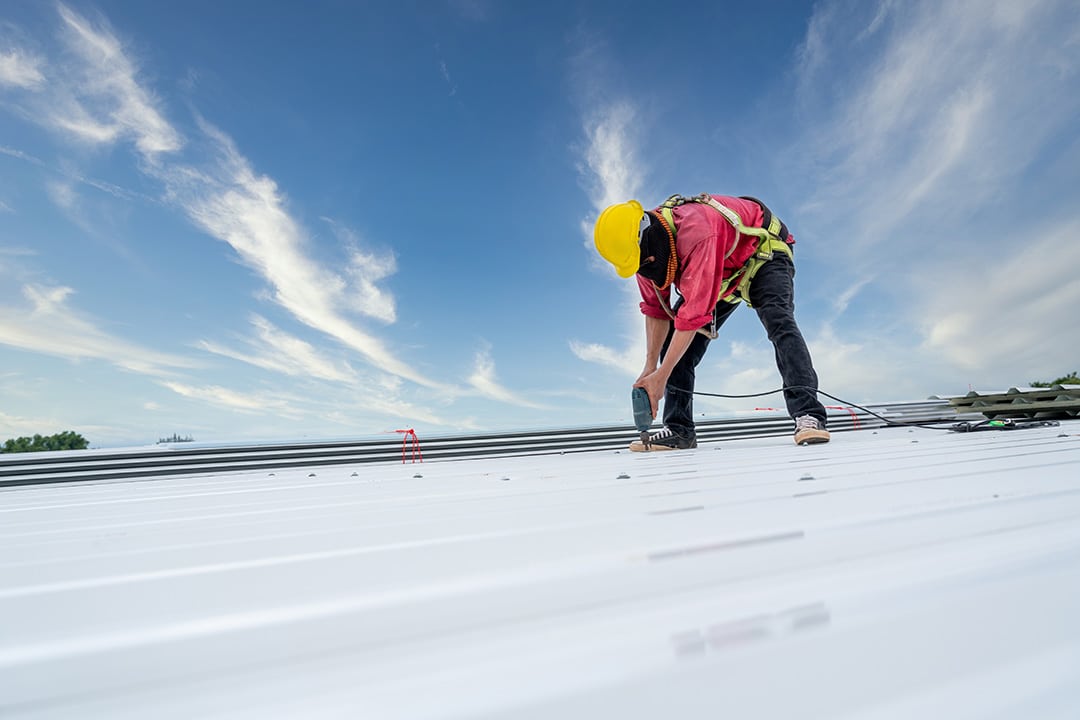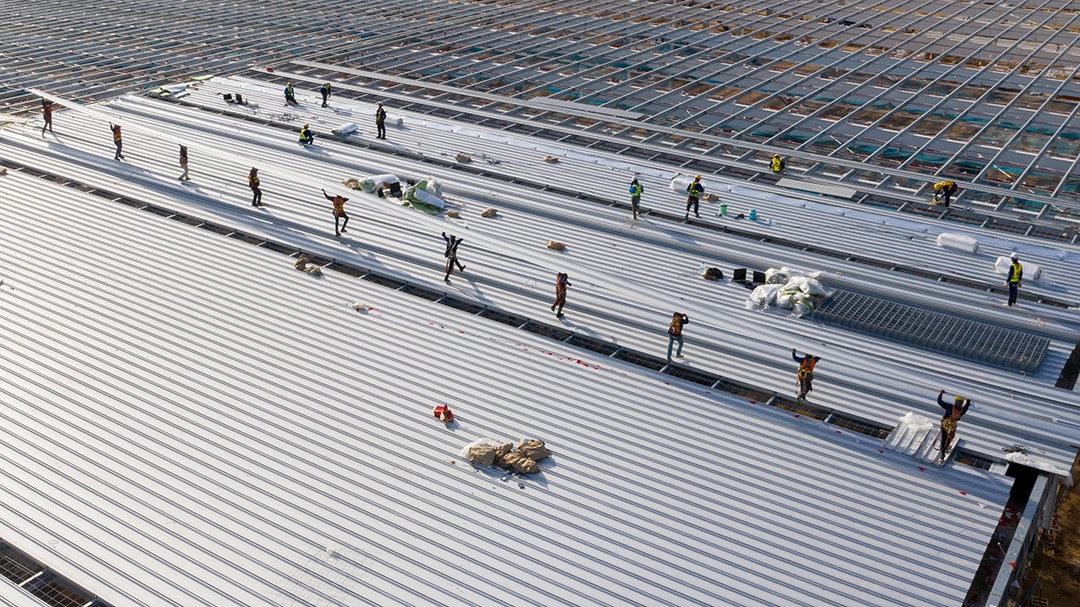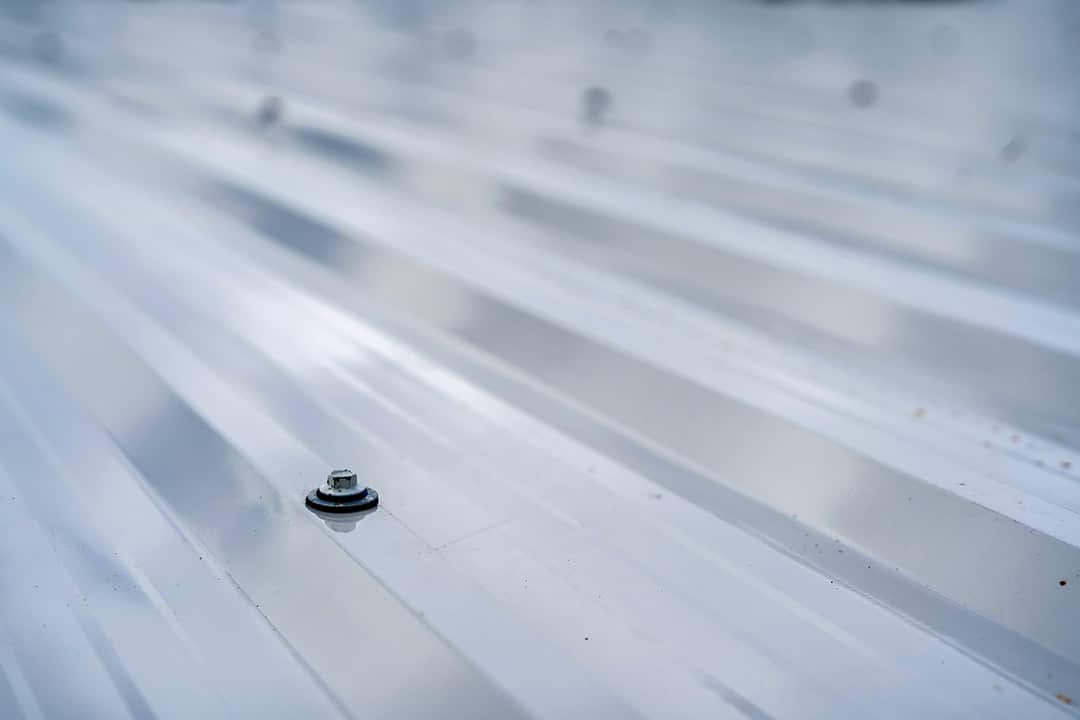Our Services
Sheet Metal Roofing in Minneapolis, MN
What is Sheet Metal roofing?
Architectural sheet metal plays a crucial role in enhancing the appearance and functionality of buildings, particularly at the perimeter of flat roofs. This type of sheet metal is specifically designed to provide a finished look to the roofing system while adding aesthetic value to the overall commercial building design.
One primary purpose of architectural sheet metal at the perimeter of flat roofs is to create a seamless transition between the roof and the building’s exterior walls. It serves as a protective barrier against the elements, preventing water infiltration and ensuring the longevity of the roof. By securely sealing the edges, it helps maintain the structural integrity of the building and guards against potential damage caused by wind, rain, snow, or other environmental factors.
Installation Process
The architectural metal roof installation process begins with the crucial step of preparing the roof edge. This involves clearing any debris or obstacles to ensure a clean working surface. Once the roof edge is free from obstructions, the next step is to measure and cut the architectural sheet metal panels with precision to fit the roof perimeter accurately. To enhance waterproofing, the installation of flashing is necessary. Flashing helps to redirect water away from vulnerable areas. After the flashing is in place, the panels are securely fastened onto the roof’s deck. In some cases, overlapping of panels may be required to ensure proper coverage and protection. Lastly, to ensure a watertight seal, a sealant is applied to the joints and seams between the panels. This sealant help prevent leaks.
Advantages of Sheet Metal Roofing
Architectural sheet metal is a versatile and beneficial material when used on the perimeter of commercial roofs. They are known for their exceptional durability and longevity. Architectural sheet metal can withstand harsh weather conditions, including high winds, heavy rains and snow. This durability ensures that the roof perimeter remains intact and provides long-lasting protection. The primary function of the roof perimeter is to channel water away from the building. Architectural sheet metal is an excellent choice for this purpose, as it is resistant to water penetration. It can be formed into various shapes, such as gutters, downspouts, and flashing, to efficiently manage water runoff and prevent water damage to the building.
Using architectural sheet metal on the perimeter of commercial roofs provides additional strength and structural support. It helps reinforce the roof’s edges and prevents sagging or deformation of the roofing material. This added strength is particularly important in areas prone to heavy snow loads or high wind pressure. Architectural sheet metals are also fire resistant. In the event of a fire, the metal does not burn, melt, or release toxic fumes, reducing the risk of spreading the fire and providing additional time for evacuation. Lastly, architectural sheet metal requires minimal maintenance compared to other roofing materials. It is resistant to corrosion, rust, and rot, reducing the need for frequent repairs or replacement.
Disadvantages of Sheet Metal Roofing
Architectural Sheet metal can be more expensive than other perimeter materials. The cost of the metal itself, as well as the specialized fabrication and installation processes, can increase overall project expenses. Metal roofs including architectural sheet metal, can transmit sound more readily compared to other materials. Rainfall, hail, or other sources of impact can generate louder noise levels, which may be disruptive or uncomfortable for occupants within the building. While architectural sheet metal is generally low maintenance, repairs or replacement may be more challenging and costly compare to other perimeter materials. If the metal is damaged, dented, or corroded, it may require professional expertise and specialized tools to restore and replace sections.


